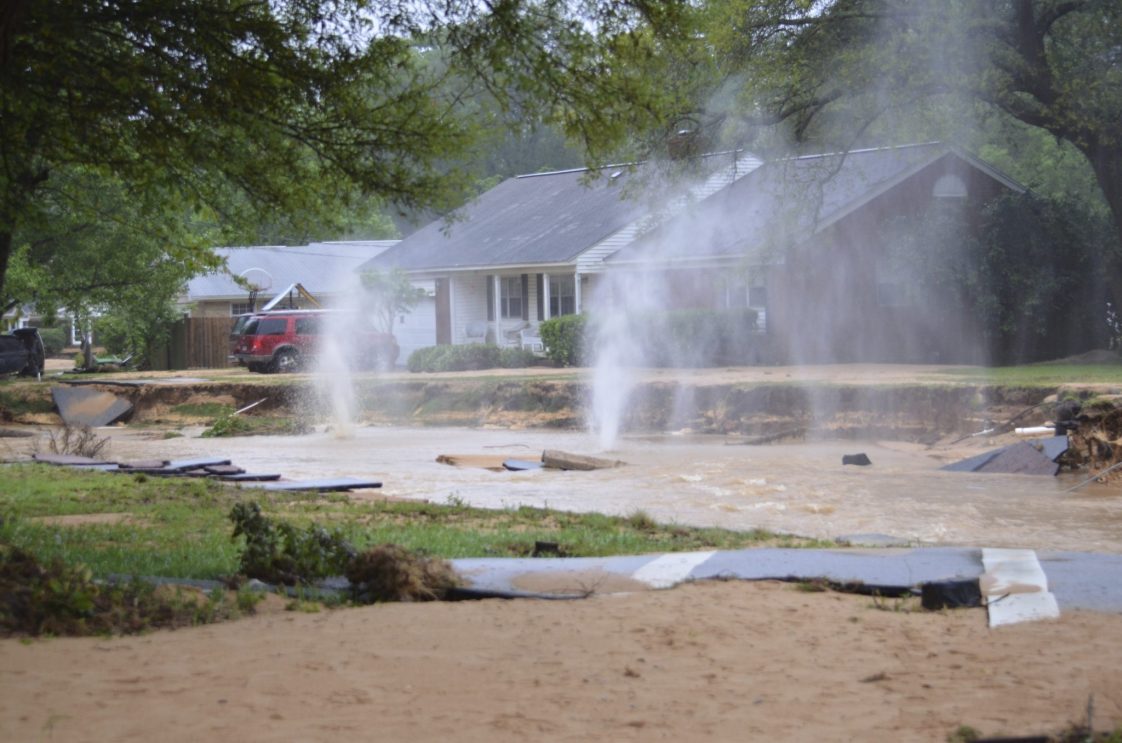Emergency Handbook

Structural Integrity
When first returning to a flooded home, you may face many threats to life and health. The first and most obvious issue is whether the building is structurally sound. Only a structural engineer or other building official can answer this with any certainty, but some warning signs include the following:
- Is the building shifted off its foundation?
- Is the foundation itself damaged?
- Is the building cracking—no longer square but leaning to one side?
- Is the building partly destroyed—missing a wall, for example, or partially crushed?
- Is the roofline out of position?
If any of these are true, then the building may collapse at any time. It must not be entered unless a qualified official has declared it safe. Don’t take any chances.
Is the basement flooded? If so, then make sure groundwater has receded before pumping it out. Basements that are pumped out while the ground is still soaked may collapse as the outside water pressure is no longer balanced by pressure inside the basement.
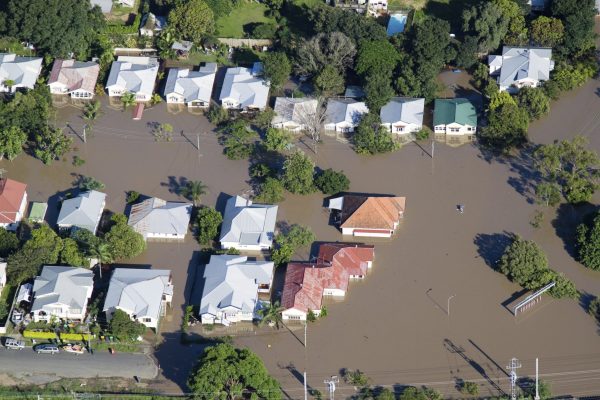
Debris Piles
Debris piles may shift or collapse at any time. They may harbor snakes or other animals.
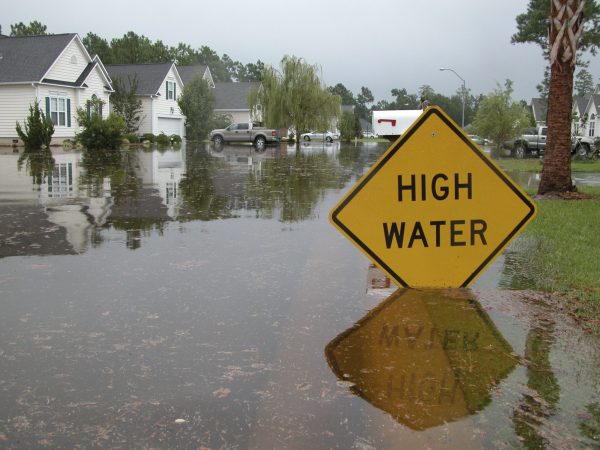
Electrical Hazards
Is the electricity turned off? Do you know this for certain? If you are not certain, do not enter if the home is flooded. Do not touch any electrical devices, especially if you are standing in water or in contact with the earth.
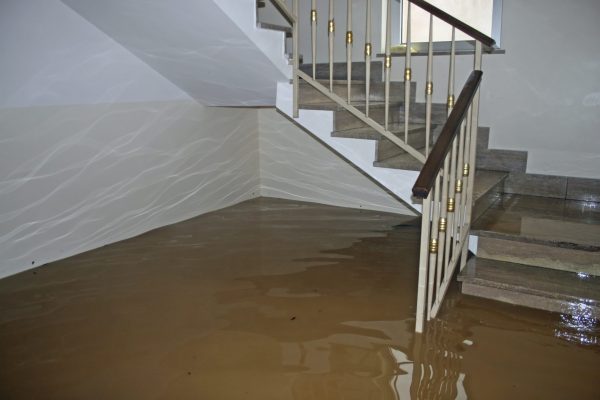
Combustible or Explosive Gases
When flooding is severe, gas lines are often broken if the building has shifted or if major appliances have moved about. Open all windows when first entering a building. If you smell gas or hear it escaping:
- Exit the building immediately, leaving doors and windows open.
- Don’t smoke or light matches.
- Don’t use cell phones or regular phones.
- Don’t operate any electrical switches, which may spark.
- Don’t create any other source of ignition.
- Notify emergency authorities.
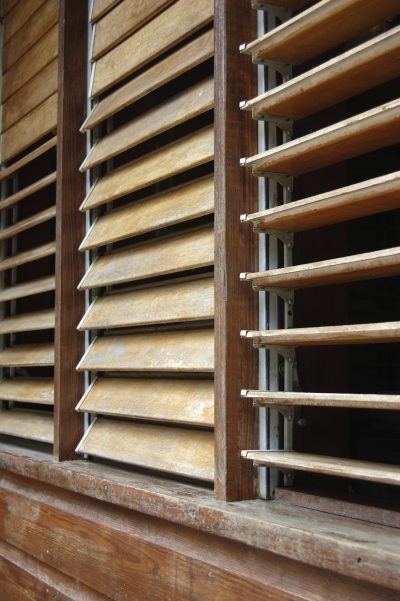
Carbon Monoxide
Carbon monoxide (CO) is a colorless, odorless gas that is produced when any fuel is burned. High concentrations can kill. When coming back to a house that is wet, cold, and without heat or power, it is tempting to use an electric generator or an improvised heater, such as a barbeque or camp stove. Do not operate these devices indoors.
Opening windows is not sufficient to prevent CO buildup. Keep gas-powered electric generators outdoors or, if indoors, keep properly vented and away from windows or other air intakes. Fuel-fired, unvented space heaters can be used if manufacturers’ directions are carefully followed. Note that these devices produce large amounts of moisture as fuel is burned, so their drying ability is quite limited.
Check chimneys and flues for blockage by debris before using furnaces, hot water heaters, and wood stoves.
Mold
Mold and other organisms, such as bacteria and viruses, that thrive in wet environments can trigger negative health effects. These range from irritation, coughing, and headache to asthma attacks and possibly life-threatening infections.
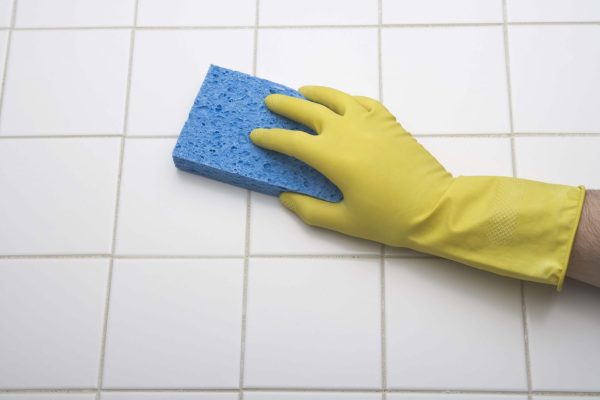
Important Facts to Know About Mold
- There is an association between exposure to mold spores and debris from mold cells and health problems.
- Mold that is killed can still cause health problems; killing mold with bleach, for example, does not make it harmless.
- Some people are especially sensitive to mold and react strongly to levels that don’t bother others.
- Disturbing dry, moldy materials can release large amounts of spores and debris into the air.
- Common dust masks do not give needed protection against mold. The minimum needed is a mask with an “N95” designation. Stronger protection—N100 masks or toxic particle respirators along with goggles and other protective gear—will be needed for high levels of mold exposure.
Used by permission of eXtension.org.
Use pesticides only according to the directions on the label. Follow all directions, precautions, and restrictions that are listed. Do not use pesticides on plants that are not listed on the label. Trade and brand names used are given for information purposes only. No guarantee, endorsement, or discrimination among comparable products is intended or implied by the Alabama Cooperative Extension System. This publication is for information purposes only and should not be a substitute for recommendations or treatment by a health care provider.

